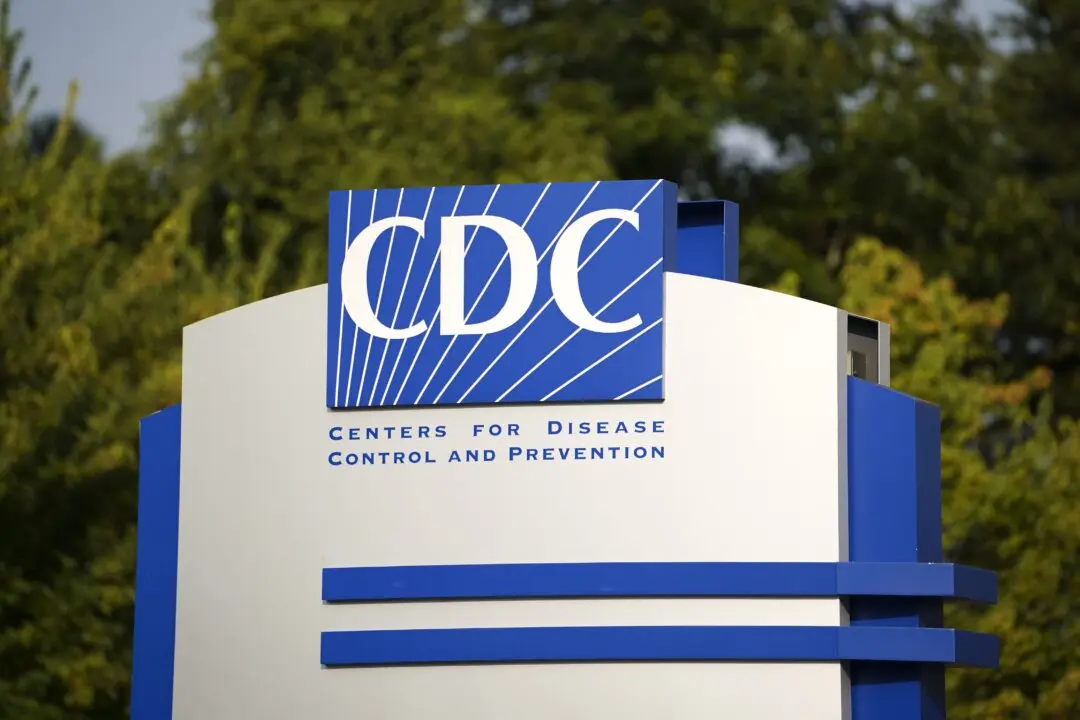The United States has distributed nearly 3 million doses of the new COVID-19 vaccine, and more are on their way to states across the country, an Army General said Saturday.
“What a remarkable feat, and we should all be proud of what has happened,” Gen. Gustave Perna, chief operations officer for Operation Warp Speed, told reporters at a press conference.
The first round of doses were entirely of the vaccine from Pfizer and BioNTech that received emergency approval on Dec. 11. A second vaccine, from Moderna, received emergency approval on Friday.
Moderna has moved vaccine doses from their manufacturing sites to McKesson, who will serve as the central distributor, Perna said.
“At McKesson distribution centers, boxes are being packed and loaded today. Trucks will begin rolling out tomorrow from FedEx and UPS delivering vaccines and kits to the American people across the United States,” he added.
“McKesson will leverage the professionals of UPS and FedEx. And we have absolute confidence that these three great companies will deliver vaccines to the American people in a safe and timely manner.”
Operation Warp Speed, a President Donald Trump administration effort to boost development of vaccines and therapeutics, is beginning to ship ancillary kits that include needles, syringes, and other supplies required to administer the vaccines.
Perna also addressed an issue that arose in the first period of distribution. Some governors said they received fewer doses than they were initially forecast to receive, something the general confirmed happened.
“I want to take personal responsibility for the miscommunication. I know that’s not done much these days, but I am responsible. And I take responsibility for the miscommunication,” Perna said.
The problem arose when forecasts were given out but the actual number of doses presented to Perna was lower than the forecasts.
“I had to lower the allocations to meet the releasable doses that were presented to me,” he said.
“So to the governors, to the governor’s staffs, please accept my personal apology. If this was disruptive in your decision making, and in your conversations with the people of your great state, I will work hard to correct this.”

Perna was not asked about the small number of adverse reactions that have been seen.
Officials with the Food and Drug Administration (FDA) said late Friday they’re investigating five adverse reactions, including two that took place in Alaska.
The most commonly reported side effects in clinical trials of the vaccines were pain at the injection site, tiredness, headache, muscle pain, chills, joint pain, swollen lymph nodes in the same arm as the injection, nausea and vomiting, and fever, the FDA said. The symptoms typically lasted several days.
Vaccine recipients are supposed to get two doses spaced about three weeks apart. More people experienced side effects after the second dose than the first dose.





